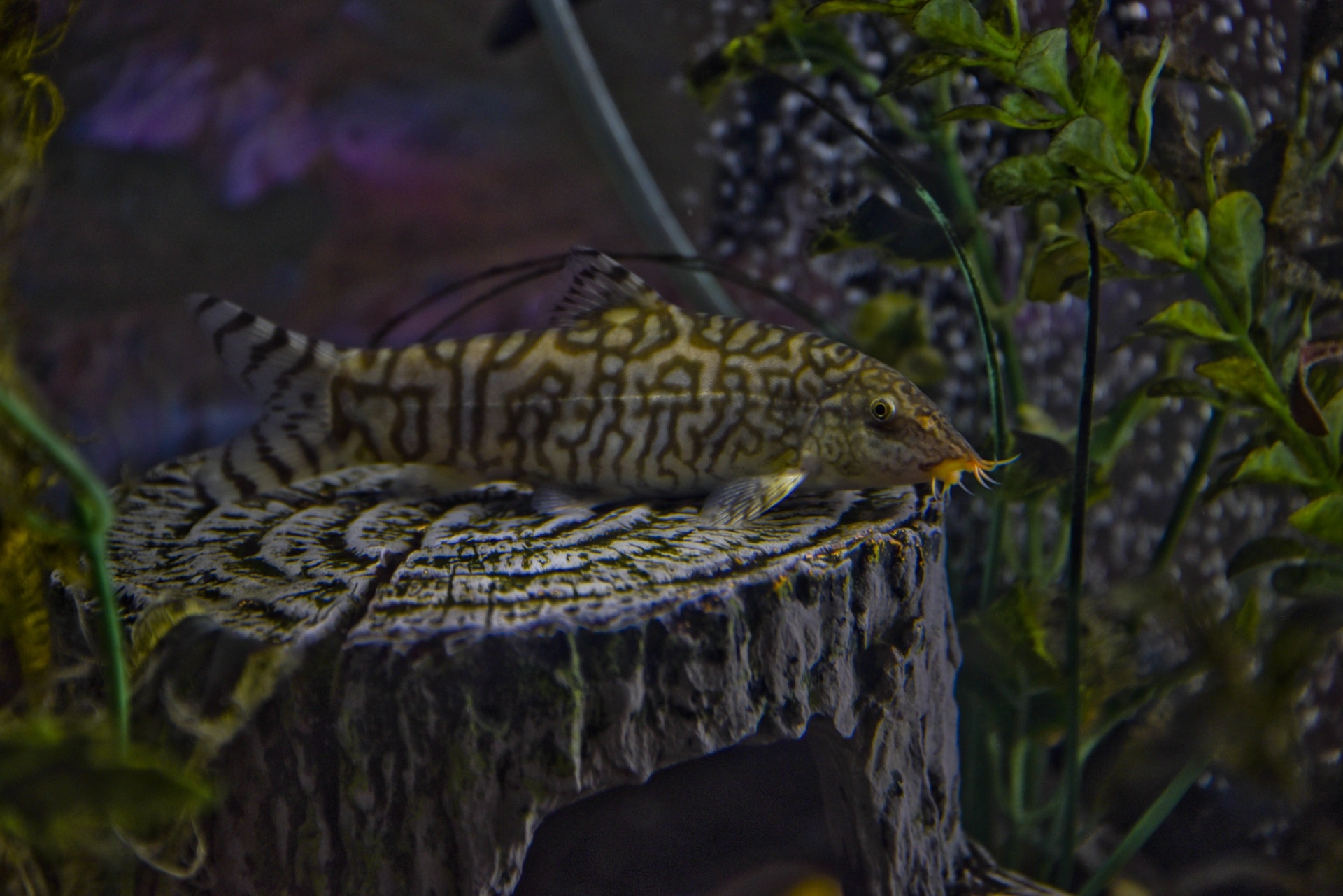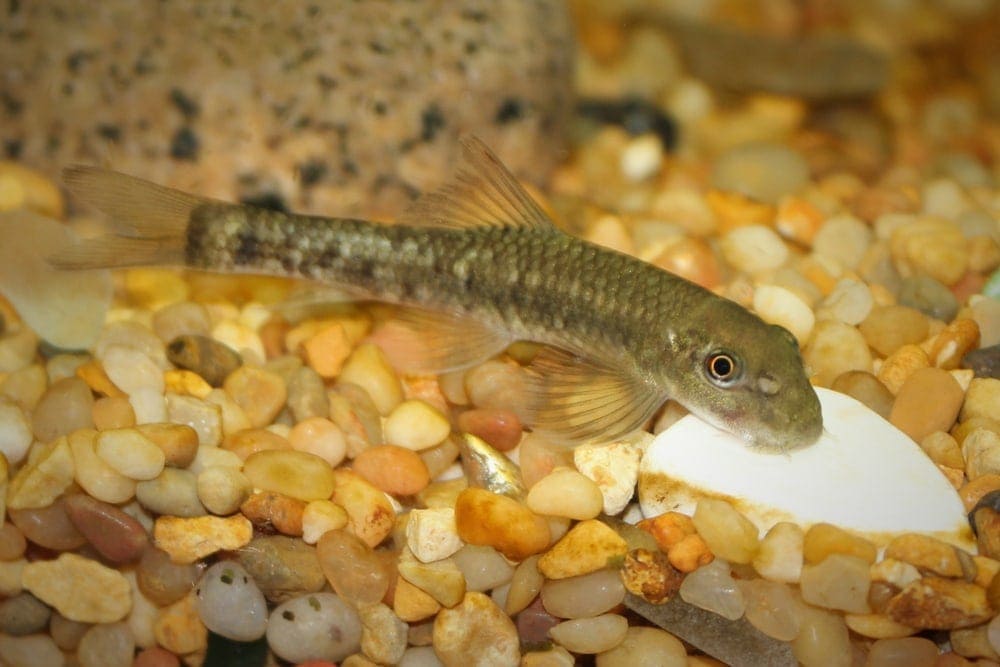
But this is simply a mistake from these hungry animals. Sometimes, you may catch a glimpse of bottom feeder fish chewing on fish poop. Thus, there is no need to feed bottom feeder fish, since they can find food on their own. They can also chew on the tank’s substrate and other organic matter. What do bottom feeders eat in a fish tank?īottom feeders can consume anything at a tank’s bottom, ranging from algae to unfinished food.

But in case you cannot afford such a large aquarium, rest assured that bottom feeders can very well stay in a 10-gallon tank. Of course, it is way better to have bottom feeders in medium-sized tanks.
BOTTOM FEEDER FISH NAME FREE
Hence, feel free to drop these into a 10-gallon tank if you happen to own one. However, there is a lot of bottom feeder fish that are only 2 to 8 inches in length. Some people are under the impression that bottom feeders can only reside in 50-gallon tanks or bigger. Hence, it makes for a great investment in the long run. Last but not least, bottom feeders tend to be common and highly affordable. You do not have to check out the parameters constantly, as the fish will keep the water’s quality under control for you.

Moreover, having bottom feeder fish is vital to balancing the water’s conditions. But it would be much more efficient to let bottom feeder fish do the dirty work for you. Admittedly, you can remove them all using your hands. These fish are excellent at getting rid of dirt, unfinished food, and algae. That said, most experts recommend having one to two of these animals for hygienic purposes and convenience. Having a bottom feeder fish in your home tank is not obligatory. Do I need a bottom feeder in my fish tank? This way, they will not pose a threat to other tank mates, ensuring the harmony of your community tank. Furthermore, it would help if your bottom feeder fish are generally docile and peaceful. Bottom Feeder Fish – What You Need To Know What is a good bottom feeder fish?Ī good bottom feeder fish should be able to consume algae and help you get rid of accumulating waste. Subsequently, having two or three Amano shrimps in your aquarium is the best way to control and balance the water’s conditions.

Not only do they feed on algae, but they can also take in leftover food. Similar to cory catfish, Amano shrimps are omnivores. For example, Amano shrimps will not shy away from consuming brown and green algae. Invertebrates can easily become bottom feeders if you create the right environment for them. This helps to minimize the chances of collisions and gives your catfish more comfort to explore the tank’s bottom. Therefore, make sure to introduce these bottom feeders to your tank properly. Since otocinclus catfish are harmless to other animals, they can be at the receiving end of aggressiveness. While otocinclus catfish prefer brown algae, they still can feed on other types of varmint. With a tiny size of no more than 2 inches, otocinclus catfish are a great option for 10-gallon tanks. No more worries about spiking ammonia and nitrate levels in your home tank! This means that dead fish or leftovers of other tank mates make for a great source of meals. Having a few cory catfish in your home tank ensures the demise of algae, which means your tank will remain fresh and clean for a long time.įurthermore, cory catfish also feed on protein-rich food. They are also docile and peaceful since they spend most of their time wandering at the bottom water layer. The biggest cory catfish does not exceed 4 inches in length, making it ideal for small tanks. Here, anything from frozen pellets to fresh food will suffice. While algae make up the majority of Siamese algae eaters’ diets, you still have to feed them with other sources of food. They are also indiscriminate in their choices of algae, as these fish are comfortable eating brown, green, and red algae colonies. Siamese algae eatersĪs the name already indicates, Siamese algae eaters make sure your tank is clean and pristine. Their population is easy to control, so you need not worry about snails invading the territory of other tank mates. Mystery snails spend the entire day moving from one place to another on all sides of a tank, chewing on algae and eating it as fast as possible.Īnother advantage of having mystery snails as bottom feeders is that these snails do not reproduce too quickly. But little do people know that these snails are also voracious algae eaters. Mystery snails are favorite at-home tanks due to their vibrant shells and peaceful temperament.

Do bottom feeder fish eat fish waste?īest Bottom Feeder Fish For 10-Gallon Tank Mystery snails What do bottom feeders eat in a fish tank? 2.2 Do I need a bottom feeder in my fish tank?.2 Bottom Feeder Fish – What You Need To Know.1 Best Bottom Feeder Fish For 10-Gallon Tank.


 0 kommentar(er)
0 kommentar(er)
